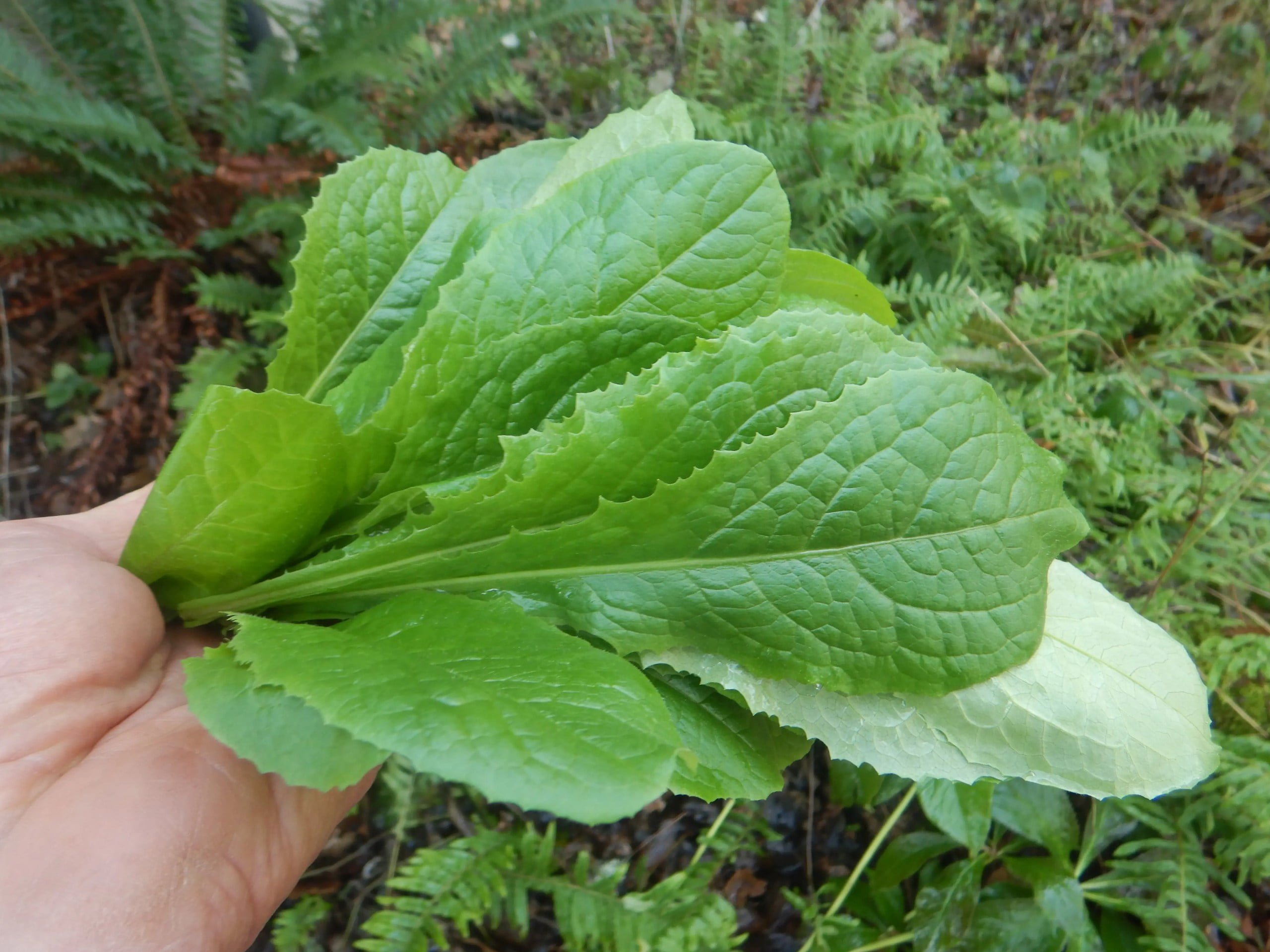So you’ve decided to give gardening a try and want to start with growing wild lettuce from seed? Well, you’ve come to the right place. In this ultimate guide, we’ll walk you through everything you need to know to successfully grow wild lettuce from seed in your own backyard. From choosing the right seeds to preparing the soil, from planting and nurturing to harvesting the crispy leaves, we’ll cover all the essential steps and offer valuable tips to ensure a bountiful and rewarding experience. So roll up your sleeves, put on your gardening gloves, and let’s get started on this exciting journey to cultivate your very own patch of wild lettuce heaven.
Choosing the Right Wild Lettuce Seeds
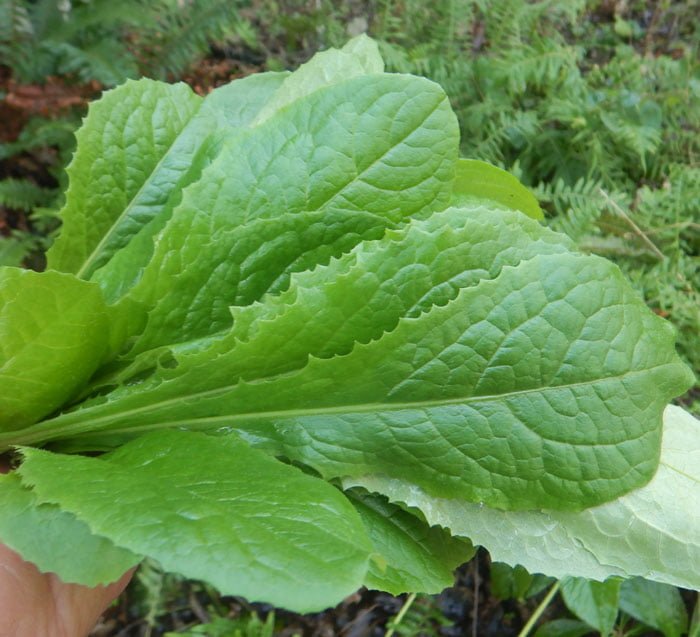
Understanding Different Varieties
Wild lettuce (Lactuca virosa) comes in various varieties, each with its own unique characteristics and growth requirements. When choosing wild lettuce seeds, it is important to consider the specific variety that best suits your needs. Some varieties are known for their higher concentration of medicinal properties, while others may be more suited for culinary purposes. Take the time to research and understand the different varieties available to ensure you select the right seeds for your desired outcomes.
Finding a Reliable Seed Seller
Once you have identified the specific variety of wild lettuce seeds you want to grow, it is crucial to find a reliable seed seller. Look for sellers with a good reputation, positive customer reviews, and a track record of providing high-quality seeds. Additionally, consider purchasing seeds from sellers who specialize in organic or heirloom varieties, as they often prioritize the preservation of genetic diversity and the use of sustainable farming practices.
Considerations for Organic Seeds
If you prefer organic gardening practices, it is important to choose wild lettuce seeds that are certified organic. Organic seeds are produced without the use of synthetic chemicals, pesticides, or genetically modified organisms (GMOs). By selecting organic seeds, you are ensuring that your wild lettuce plants are grown in an environmentally friendly and sustainable manner.
Preparing for Planting
Determining the Planting Location
Before sowing wild lettuce seeds, it is essential to select an appropriate planting location. Wild lettuce thrives in full sunlight, so choose an area in your garden that receives at least 6-8 hours of direct sunlight per day. Additionally, ensure that the soil in the chosen location is well-drained to prevent waterlogging, as waterlogged soil can cause root rot and other fungal diseases.
Preparing the Soil
To provide the best growing conditions for your wild lettuce plants, prepare the soil before sowing the seeds. Start by removing any large rocks, weeds, or debris from the planting area. Then, loosen the soil using a garden fork or tiller to improve its texture and allow for proper root development. Incorporating organic matter, such as compost or well-rotted manure, into the soil will help enhance its fertility and drainage capabilities.
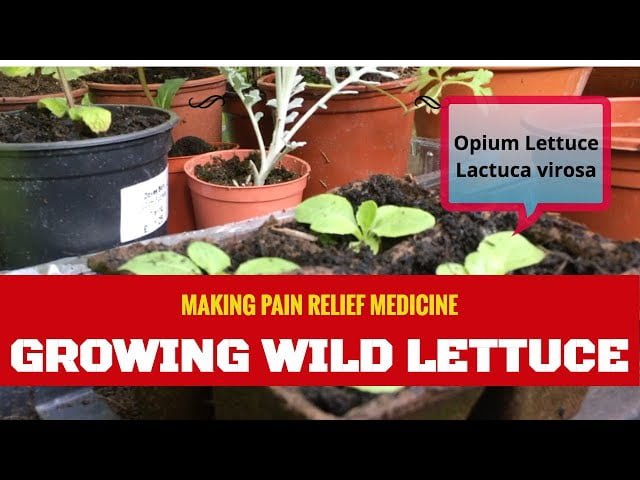
Clearing the Area from Weeds
Weeds can compete with your wild lettuce plants for nutrients, water, and sunlight, so it is important to clear the planting area from weeds before sowing the seeds. Remove any existing weeds by hand or using a garden hoe, ensuring that you remove the entire root system to prevent regrowth. Maintaining a weed-free planting area will give your wild lettuce seeds the best chance to establish and thrive.
Providing Adequate Sunlight
As mentioned earlier, wild lettuce plants require ample sunlight to flourish. Make sure the chosen planting location receives the recommended 6-8 hours of direct sunlight per day. If your garden has shaded areas, consider planting your wild lettuce seeds in containers that can be placed in sunnier spots or choose alternative locations with more sunlight. Adequate sunlight is essential for robust growth and the development of the plant’s desirable characteristics.
Sowing Wild Lettuce Seeds
Understanding Optimal Timing
Knowing the optimal time for sowing wild lettuce seeds is crucial to ensure successful germination and healthy plant growth. Wild lettuce seeds can be sown directly in the garden after the danger of frost has passed and the soil temperature reaches around 50°F (10°C). In most regions, this occurs in the springtime. Sowing seeds too early or too late can result in poor germination and stunted growth.
Direct Seeding vs. Transplanting
Wild lettuce seeds can be sown directly into the garden soil or started indoors and later transplanted. Direct seeding is a more straightforward method and is suitable for areas with a long growing season. Transplanting seedlings allows for greater control over the plant’s environment, especially in colder regions or when starting seeds early. Choose the method that best fits your gardening preferences and climate conditions.
Preparing the Seeds for Sowing
Before sowing the seeds, it is advisable to prepare them for optimal germination. To increase germination rates, you can soak the wild lettuce seeds in warm water overnight or scarify the seed coats by lightly scratching their surface with sandpaper. These pre-treatment methods help soften the seed coats, promoting faster and more consistent germination.
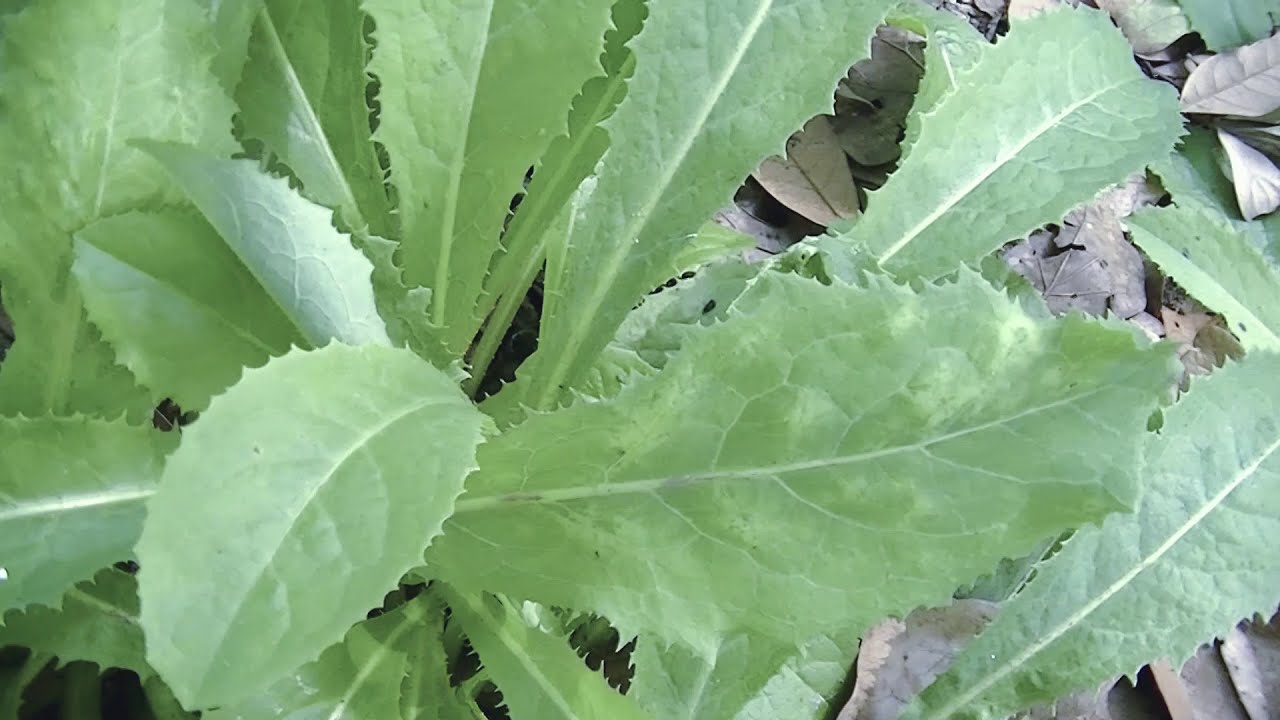
Proper Sowing Techniques
When sowing wild lettuce seeds, create furrows or shallow trenches in the prepared soil, ensuring they are evenly spaced. Place the seeds in the furrows at the recommended spacing, typically 8-12 inches (20-30 cm) apart. Cover the seeds with a thin layer of soil, firming it gently to promote good seed-to-soil contact. Water the seeded area lightly to settle the soil and initiate germination.
Caring for Wild Lettuce Seedlings
Watering
Providing adequate water is crucial for the healthy growth of wild lettuce seedlings. During the germination and seedling stages, keep the soil consistently moist but not waterlogged. Avoid overwatering, as it can lead to root rot and other fungal diseases. As the seedlings mature, adjust the watering frequency and volume based on weather conditions, ensuring the soil remains evenly moist without becoming saturated.
Mulching
Applying a layer of organic mulch around the young wild lettuce seedlings offers multiple benefits. Mulch helps retain soil moisture, suppresses weed growth, and regulates soil temperature. Use straw, shredded leaves, or grass clippings as organic mulch. Spread a layer approximately 2-3 inches (5-8 cm) thick around the seedlings, making sure to keep the mulch a few inches away from the plants’ stems to prevent rot and disease.
Fertilizing
Wild lettuce plants are relatively low-maintenance and do not require heavy fertilization. However, incorporating organic matter into the soil during the initial soil preparation stage should provide sufficient nutrients for healthy growth. If desired, you can apply a diluted organic fertilizer once the seedlings are established, following the manufacturer’s instructions. Avoid using synthetic fertilizers, as they can negatively impact the soil’s microbial activity and overall ecosystem health.
Protecting from Pests and Diseases
Keep a close eye on your wild lettuce seedlings for any signs of pests or diseases. Common pests that may affect wild lettuce include aphids, caterpillars, and slugs. Implement natural pest control methods such as handpicking pests, using insecticidal soaps, or attracting beneficial insects that prey on pests. To prevent diseases, maintain proper spacing between plants and ensure good air circulation by pruning overcrowded areas.
Thinning and Transplanting

Understanding the Importance of Thinning
Thinning wild lettuce seedlings is crucial to ensure optimal growth and prevent overcrowding. When seedlings are crowded, they compete for resources, resulting in stunted growth and poor development. Thinning involves removing excess seedlings, allowing the remaining plants enough space, light, and nutrients to thrive. Thinning also helps prevent the spread of diseases by reducing the potential for moist and crowded conditions that promote fungal growth.
Determining When to Transplant
Transplanting wild lettuce seedlings is often necessary when they outgrow their initial planting location or when starting seeds indoors and later moving them outdoors. When the seedlings have developed their second set of true leaves, they are generally ready for transplantation. Timing is crucial, and it is best to transplant on a cloudy day or in the late afternoon to minimize stress on the seedlings.
Steps for Transplanting Young Seedlings
To transplant wild lettuce seedlings, start by preparing the new planting area. Dig a hole slightly larger than the seedling’s root ball and place the seedling into the hole, ensuring that the base of the stem is level with the surrounding soil. Gently backfill the hole, firming the soil around the seedling. Water the transplanted seedlings thoroughly to settle the soil and promote root establishment. Monitor the transplants closely and provide additional care, such as shading from direct sunlight, until they establish and adapt to their new environment.
Maintaining Wild Lettuce Growth
Providing Adequate Water
Throughout the growing season, it is essential to provide wild lettuce plants with consistent and regular watering. Aim to keep the soil evenly moist, providing enough water to penetrate the root zone but avoiding waterlogged conditions. A drip irrigation system or soaker hose is an efficient way to deliver water directly to the root zone, minimizing water waste through evaporation or runoff.
Protecting from Extreme Temperatures
While wild lettuce is a hardy plant, it can still be susceptible to extreme temperatures. During hot summer days, provide shade for the plants using shade cloth or by planting taller companion plants nearby to offer protection from the scorching sun. In colder regions, consider using row covers or other season-extending techniques to protect the plants from frost and chilly temperatures.
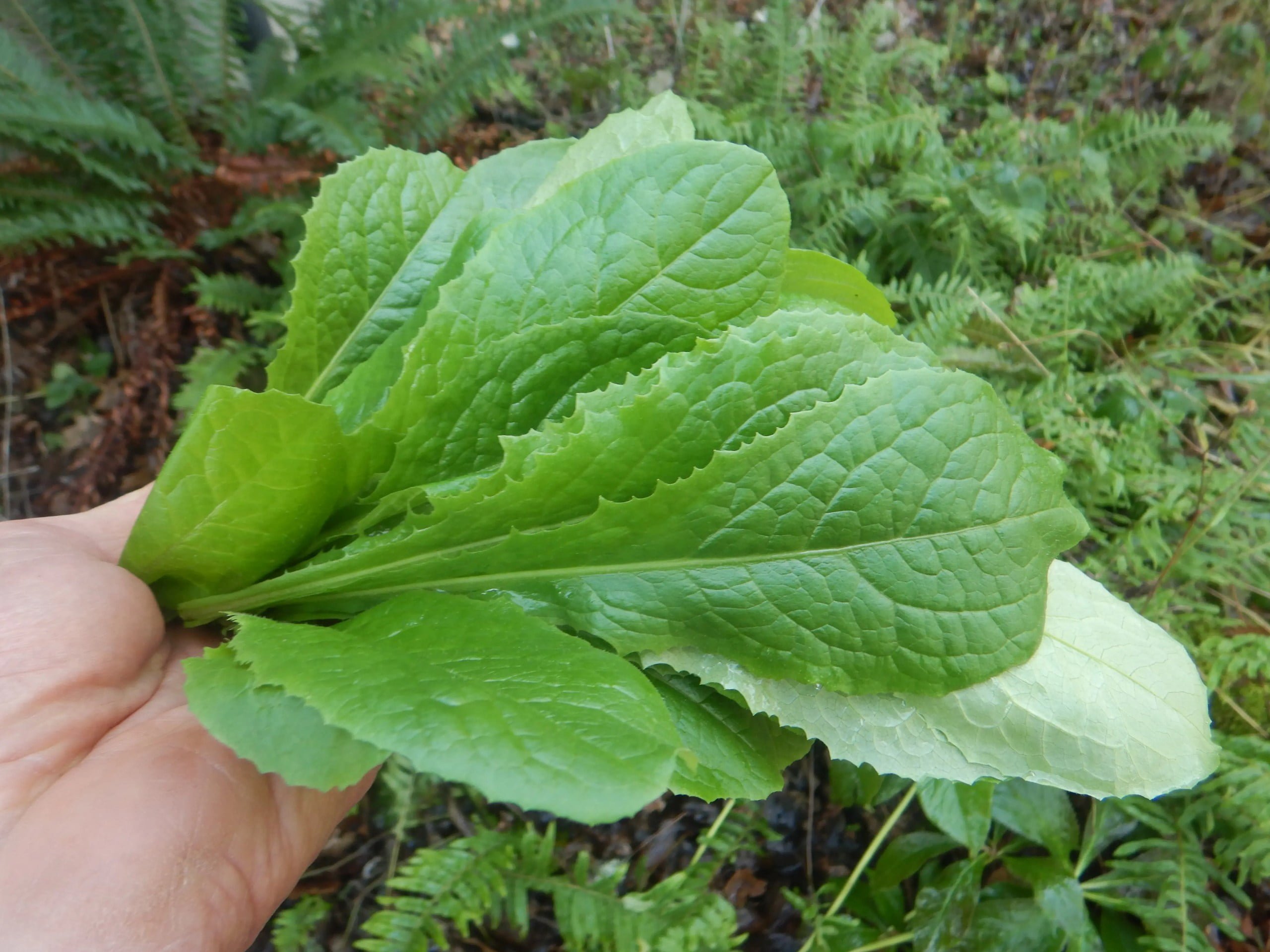
Pruning and Harvesting Techniques
To maintain healthy growth and encourage bushier plants, regular pruning is necessary. Prune any damaged, diseased, or yellowing leaves to promote overall plant vitality. Additionally, pinching back the top growth can help stimulate lateral branching and increase foliage production. Harvesting wild lettuce leaves and stalks can also be done during this time to enjoy their culinary or medicinal uses. Using clean, sharp pruning shears, cut the mature leaves and stalks close to the base of the plant, ensuring to leave some leaves for continued growth.
Controlling Weed Growth
Identifying Common Weeds
Weeds can quickly overtake your wild lettuce plants if not properly controlled. It is important to be able to identify common weeds that may appear in your garden. Some common weeds that often compete with wild lettuce include dandelion, chickweed, and pigweed. Regularly inspect your garden for weed growth and prevent them from establishing a foothold by implementing effective weed control strategies.
Implementing Effective Weed Control Strategies
To effectively control weeds in your wild lettuce garden, a combination of preventative and reactive measures is necessary. Preventative strategies include maintaining a weed-free initial planting area, mulching around the plants to suppress weed growth, and practicing good sanitation by removing any weed debris promptly. Reactive strategies involve hand-weeding or using hand tools like hoes to remove weeds when they appear. Avoid using synthetic herbicides, as they may harm your wild lettuce plants or contaminate the soil and nearby water sources.
Organic Weed Control Methods
If you prefer organic practices, there are various natural methods available to control weeds in your wild lettuce garden. Hand-pulling weeds with their roots intact is a simple and effective method, especially for smaller infestations. Smothering weeds with organic mulch, such as cardboard or layers of newspaper, can prevent sunlight from reaching the weed seeds and inhibit their growth. Additionally, using vinegar or boiling water as a targeted weed spray can help kill weeds without harming your wild lettuce plants.
Dealing with Pests and Diseases
Identifying Common Pests
Wild lettuce, like any other plant, can fall prey to a range of common pests. Keep an eye out for common pests such as aphids, slugs, snails, and caterpillars, which can cause damage to your plants if left unchecked. Identifying these pests early on can help you take swift action and prevent significant damage.
Implementing Natural Pest Control Methods
When dealing with pests in your wild lettuce garden, it is best to rely on natural pest control methods to minimize the use of harmful chemicals. Encouraging biological control by attracting beneficial insects, such as ladybugs or lacewings, can help keep pest populations in check. Handpicking pests from plants, using organic insecticidal soaps, or creating homemade pest repellents like garlic or neem oil sprays are other effective methods for natural pest control.
Managing Common Diseases
Although wild lettuce is generally a resilient plant, it can still be susceptible to diseases such as powdery mildew and downy mildew. To prevent the spread of diseases, avoid overhead watering, as wet foliage creates favorable conditions for fungal growth. Promote good air circulation by spacing plants adequately and monitoring for any signs of disease. If necessary, treat infected plants with organic fungicides specifically formulated for edible plants, following the product instructions carefully.
Harvesting Wild Lettuce
Determining the Right Time to Harvest
The best time to harvest wild lettuce is when the leaves or stalks reach their desired size and texture. For culinary purposes, harvesting leaves when they are young and tender will provide optimal flavor. If using wild lettuce for medicinal purposes, the maturity of the plant will determine the potency of its active compounds. Regularly inspect the plants and harvest them in small batches to enjoy the freshest and most potent harvest.
Harvesting Techniques for Leaves and Stalks
When harvesting wild lettuce leaves, use clean, sharp scissors or garden shears to cut the individual leaves close to the base of the plant. Leaving some leaves on the plant will allow for continued growth and ensure a continuous harvest throughout the growing season. For harvesting stalks, cut the stalks near the base of the plant, taking care not to damage the surrounding foliage. Utilize the harvested leaves and stalks immediately or store them properly for future use.
Drying and Storing Methods
Drying wild lettuce leaves and stalks is an excellent way to preserve them for long-term use. To dry the harvested parts, tie small bunches together and hang them upside down in a well-ventilated, shaded area away from direct sunlight. Once the leaves and stalks are completely dry and brittle, remove them from the hanging bundles and store them in airtight containers in a cool, dark place. Properly stored dried wild lettuce can retain its flavor and medicinal properties for up to one year.
Uses for Wild Lettuce
Culinary Applications
Wild lettuce leaves and young stalks can be used as a nutritious addition to salads, sandwiches, and wraps. The leaves have a mild, slightly bitter flavor that adds a unique taste to various dishes. Additionally, wild lettuce is often used in traditional and contemporary cuisine as a substitute for or addition to other leafy greens such as lettuce or spinach. Experiment with different culinary recipes to discover the versatility and distinctive qualities of wild lettuce in your meals.
Medicinal Properties
Wild lettuce has a long history of traditional medicinal use. The plant contains lactucarium, a white, milky sap known for its potential sedative and analgesic properties. Wild lettuce has been traditionally used to aid in relieving pain, promoting sleep, calming restlessness, and supporting overall well-being. Consult a qualified herbalist or natural healthcare practitioner for guidance on the best practices and dosage when considering using wild lettuce for medicinal purposes.
Other Practical Uses
Apart from its culinary and medicinal applications, wild lettuce has other practical uses that may interest gardeners. The dried stalks can be used in crafting, such as in decorative arrangements or as an artistic material for wreaths or floral displays. Additionally, wild lettuce plants can attract beneficial pollinators like bees and butterflies to your garden, contributing to overall biodiversity and ecosystem health.
In conclusion, growing wild lettuce from seed is a rewarding endeavor that allows you to enjoy its culinary, medicinal, and practical benefits. By choosing the right seeds, preparing the soil, sowing and caring for the seedlings, thining and transplanting, maintaining growth, controlling weeds, managing pests and diseases, harvesting, and exploring various uses, you can successfully grow wild lettuce and incorporate it into your gardening and lifestyle practices. Happy gardening!
